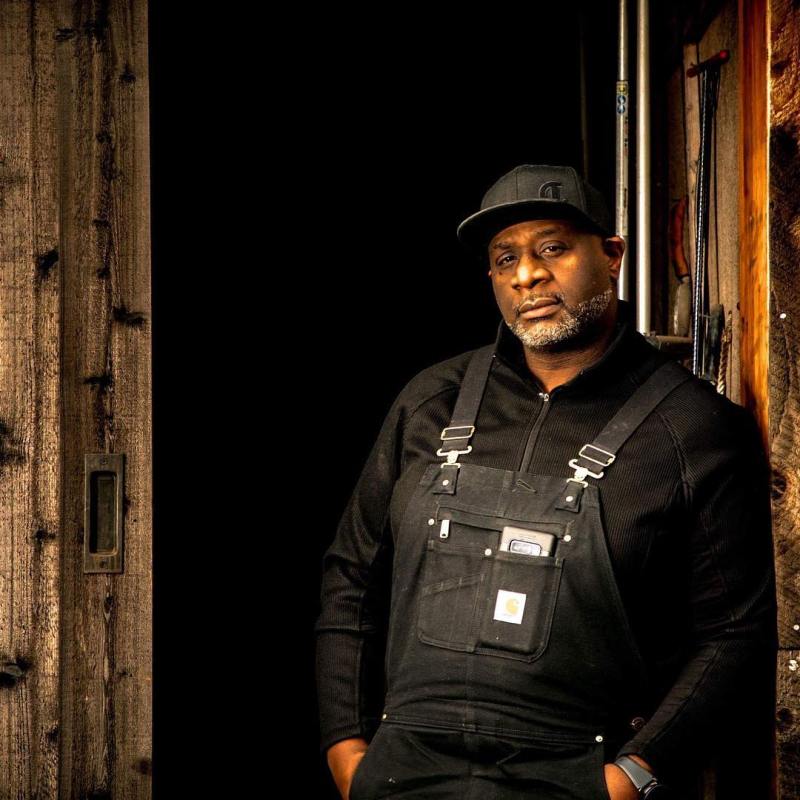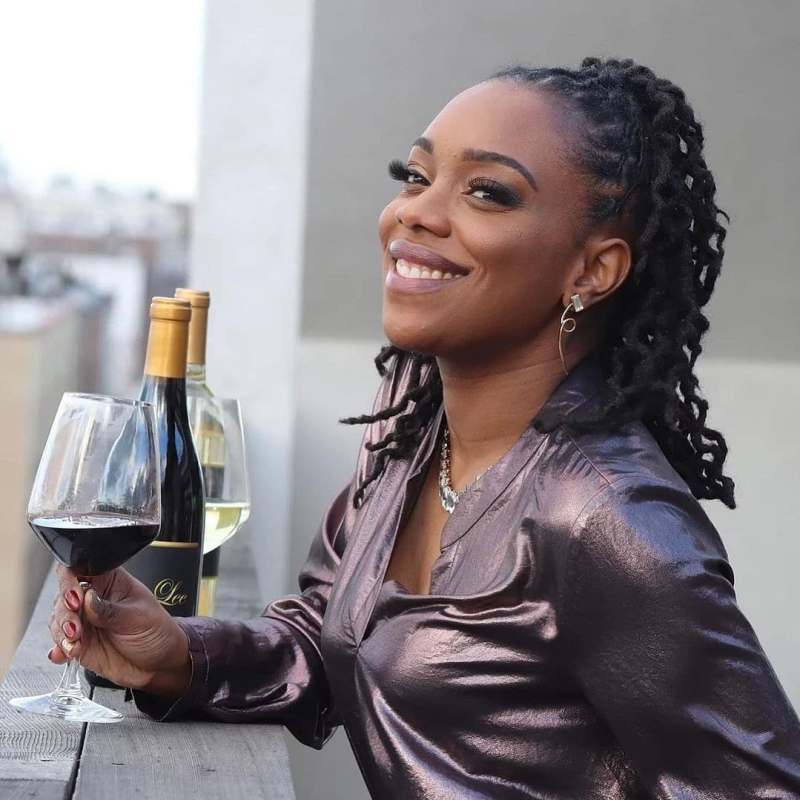As Black History Month approaches, it’s important to pause and evaluate the businesses we support. Every month of the year, we should be doing our best to back and give prominence to businesses that, regrettably, don’t get the appreciation they deserve. February is simply a time to refresh this knowledge, a time to highlight Black-owned businesses that are impressive every month of the year, not just in February.
Something else we love to do every month (day?) of the year? Drink wine. Good wine. Wine that pleases our palettes and calms our aching bodies and tired minds. Wine that helps us escape to a more relaxed world where words like “tax returns” don’t exist. Many Black-owned wine labels have given us this gift. The gift of impressively decadent, bold and flavorful, award-winning, exquisite wines. These are a few of our favorites.
The Guilty Grape

Harvested and bottled in Napa Valley, The Guilty Grape label has wasted no time impressing wine lovers since its recent launch in 2020. The focus of owners (and twin sisters) Nichelle and Nicole Nichols is to serve the “New American Wine Drinker,” who they define as people of color and millennials. The pair have put a lot of effort into attracting the opposite of the quintessential, pretentious, older wine snob, and their efforts are beautifully clear. This refreshingly modern touch is seen in everything from their website to their label.
According to the Guilty Grape website, nearly two-thirds of wine brands don’t focus their marketing on people of color, but this trendsetting company is on a mission to change how things are done. Their mission is to bring inclusivity, culture, and luxury into every bottle they create.
Corner 103

Lloyd Davis, founder of Corner 103 Wines, started his company in 2015 as a way of sharing his passion for wine with the world. Walking away from his financial career in 2008, he made the brave decision to pursue his love of wine, and took control of the Viansa Winery in Sonoma County. From there, he quickly proved to the world that his decision to leave finance behind was a wise one, and turned his wine business into the success it is today.
Beautifully rich and balanced, Corner 103 bottles are highly praised and decorated for their approachability and ability to showcase the flavors of the region.
If you’re looking for a lovely setting to sip your Chardonnay, the tasting room at Corner 103 is not one to miss. Davis’ goal in creating the tasting room was to create a unique environment where guests would feel comfortable learning about wine in a friendly, non-intimidating way. Impressively, he has accomplished that goal and then some by being voted one of the Top 10 Tasting Rooms in the Nation by USA Today.
Abbey Creek Vineyard and Winery

In 2008, Bertony Faustin became the first recorded Black winemaker in Oregon. While savoring this accomplishment was undoubtedly sweet, the bitterness of having to leap over many hurdles not set before his white peers was undeniably exasperating. Taking these challenges in stride, he poured his heart and soul into Abbey Creek Vineyard and Winery, a place that is bursting at all times with music, life, and the magic of great wine.
In 2015, Faustin took another leap of passion and began filming the award-winning documentary Red, White, and Black. The film tells Faustin’s story, and the stories of others facing similar challenges in the wine industry. The moving documentary gives an intimate look into the diversity challenges that are still an immense problem within the wine community.
Faustin’s talent for winemaking is matched only by his incredible perspective, perseverance, and selfless desire to help those who will come after him.
Wachira Wines

Founded in 2017, Wachira Wines is the first Kenyan-American winery in the United States. Honoring Kenyan culture, Kenyan values, and the founding family’s dual Kenyan-American heritage, this incredibly distinctive and remarkable label boasts: “Californian wines with a Kenyan accent.”
An independent, Black-owned, woman-owned, family-run winery, Wachira is dedicated to crafting delicious wines reminiscent of the Kenyan savannah. Their focus is to remain true to this marvelous heritage, while simultaneously creating beautifully complex, delicious wine.
“Representation matters not just in seeing ourselves in positions of power but in how it’s able to shape our perceptions of what we’re capable of. How it’s able to turn even our most outrageous dreams into attainable realities. Representation allows us to hope. But more importantly, it gives others permission to dream in technicolor.” – Dr. Chris Wachira, founder and CEO of Wachira Wines
Lovelee Wines

When one thinks of New Jersey, wine may not be the first thing that comes to mind. Enter Lovelee. New Jersey’s LoveLee Wine is a highly praised, premium, Black-owned wine label that has been turning heads in the last few years, and for good reason. Named Wine Brand of the Year at the 2021 Wine and Culture Fest, and knocking the socks off reviewers across the board, this brand shows no signs of slowing down.
Aamira Garba, founder of Lovelee, is an experienced, accomplished winemaker. Her Pinot Noir was recognized in VinePair as one of the top 50 wines of 2021, and top 25 Pinot Noir of 2021 (the only Black-owned brand on the list).
Lovelee states that the brand’s hope is to inspire people to live a life of passion on purpose, and we couldn’t love this message more.



